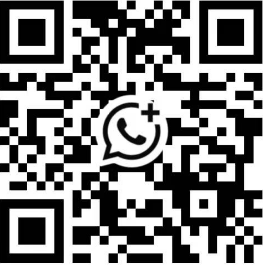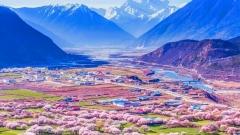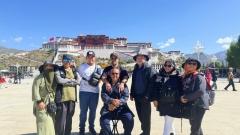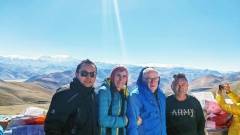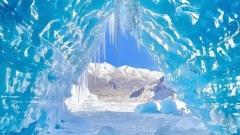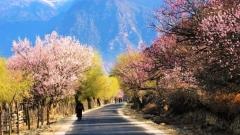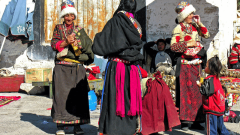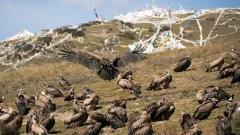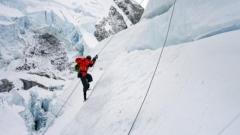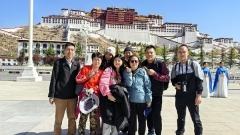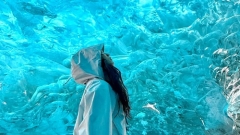July Weather:
July is the summer season in Tibet, with moderate temperatures. The daytime temperature usually ranges from 20-25°C. It is sunny and pleasant, ideal for outdoor activities. At night, the temperature drops to 10-15°C, especially in high-altitude areas, where it can feel quite cold. Due to the dry climate in Tibet, there is a significant temperature difference between day and night. Therefore, tourists are advised to wear breathable long-sleeve clothes, jackets, and sweaters to adapt to the temperature fluctuations.
August Weather:
August is the rainy season in Tibet, with substantial rainfall, particularly in the eastern and southern regions. Daytime temperatures remain between 20-25°C, which is still comfortable, but humidity levels can increase due to the rain. The nighttime temperature stays relatively low, around 10-15°C. As there is a large temperature difference between day and night, it’s advisable to bring long-sleeve clothes, wool sweaters, and jackets to keep warm during the cold nights.
Average Temperatures of Popular Tourist Attractions in Tibet
1.Lhasa
- Daytime temperature: 20°C – 25°C
- Nighttime temperature: 5°C – 15°C
- Lhasa is located at an altitude of around 3,650 meters, with a typical plateau climate. Summer temperatures are moderate, with pleasant daytime weather, but the temperature difference between day and night is significant, so it is advisable to bring a jacket and sweater.
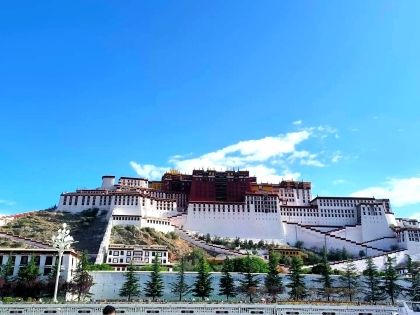
Potala Palace
2.Namtso Lake
- Daytime temperature: 15°C – 20°C
- Nighttime temperature: -5°C – 5°C
- Namtso Lake is located at an altitude of 4,718 meters, where the climate is relatively cold. Daytime temperatures are moderate, but temperatures can drop significantly at night, potentially freezing, especially in winter and autumn.
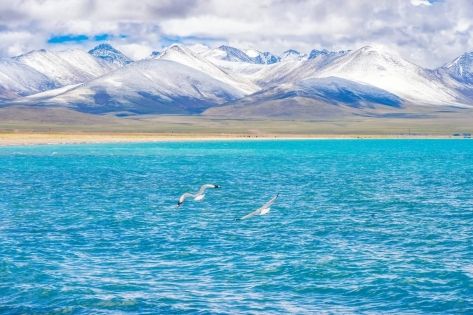
Namtso in summer
3.Mount Everest Base Camp
- Daytime temperature: 10°C – 15°C
- Nighttime temperature: -5°C – -10°C
- Mount Everest Base Camp is located at around 5,200 meters above sea level, where temperatures are low year-round. While daytime temperatures in summer are relatively mild, the nights are extremely cold.
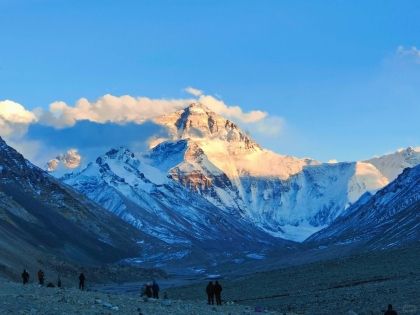
Mount Everest
4.Shigatse
- Daytime temperature: 20°C – 25°C
- Nighttime temperature: 5°C – 10°C
- Shigatse, located at about 3,650 meters above sea level, has warm summers but cold nights, with significant temperature differences between day and night.
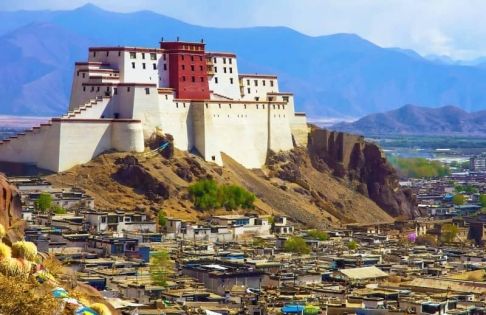
Shigatse
5.Nyingchi
- Daytime temperature: 25°C – 30°C
- Nighttime temperature: 10°C – 15°C
- Nyingchi, often referred to as the “Tibetan Jiangnan,” has a relatively warm and humid climate, particularly in the summer. Daytime temperatures are high, but the night-time temperature difference is not as significant.
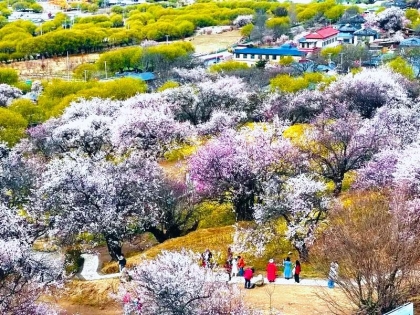
Nyingchi
6.Ali
- Daytime temperature: 15°C – 20°C
- Nighttime temperature: -5°C – 5°C
- Ali, being at a high altitude, has moderate daytime temperatures in summer, but it gets quite cold at night, especially in high-altitude areas where nighttime temperatures can drop below freezing.
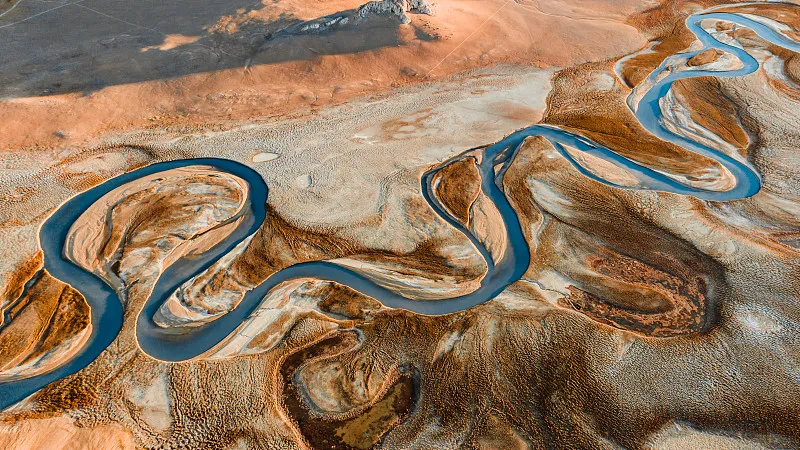
The winding mountain road in Ali
7.Kekexili
- Daytime temperature: 10°C – 15°C
- Nighttime temperature: -10°C – -5°C
- Kekexili is an extremely desolate plateau region, with high altitudes. Daytime temperatures are moderate, but it can get extremely cold at night, with significant temperature fluctuations between day and night.
Tibet July and August Clothing Guide
July and August are the best times for tourism in Tibet, with pleasant weather. Daytime temperatures typically range from 20-25°C, while nighttime temperatures drop to 10-15°C, creating a significant temperature difference between day and night. Therefore, tourists should prepare suitable clothing for the trip. During the day, light clothing such as short-sleeve T-shirts and long pants are fine, but for the colder evenings, wool sweaters, jackets, or coats are recommended to ensure comfort.
As Tibet is located on the plateau, the UV rays are strong, so sun protection is essential. Tourists should bring hats, sunglasses, sunscreen, and other sun-protection items to avoid sunburn. Additionally, since the weather in the highlands can change quickly, it’s advisable to use layered clothing, allowing for easy adjustments based on the temperature.
Overall, while Tibet’s summer weather is pleasant, the high altitude means tourists should plan their clothing carefully according to temperature changes and specific attractions to ensure both comfort and safety.
Tibet July and August Travel Guide
July and August are ideal times to visit Tibet, with favorable weather and daytime temperatures generally ranging from 20-25°C. The sunny days make it perfect for outdoor activities. During this period, you can explore famous landmarks like the Potala Palace in Lhasa or visit high-altitude scenic spots such as Namtso Lake and Mount Everest Base Camp. The warm weather ensures a comfortable travel experience, and the grasslands and mountains of Tibet are vibrant and full of life during this season.
However, despite the mild temperatures, Tibet’s weather can change dramatically, especially in high-altitude areas where the temperature difference between day and night can be substantial, sometimes dropping to around 10°C at night. Therefore, it is recommended to bring warm clothing like wool sweaters and jackets to prepare for sudden temperature drops. Additionally, UV rays in Tibet are strong, so sun protection is very important. Essential items include sunscreen, sunglasses, and a hat.
August marks the rainy season in Tibet, with abundant rainfall, especially in areas like Nyingchi and Shigatse. This increased rainfall means road conditions may become unstable, with the potential for water accumulation or landslides. Tourists are advised to check the weather forecast before departure and try to avoid traveling during heavy rain. It is also advisable to carry rain gear like umbrellas or raincoats.
Due to Tibet’s thin air, visitors should pay special attention to their physical responses in high-altitude areas. Take appropriate rest and avoid overexertion. The lower oxygen levels can cause discomfort for first-time visitors, so it’s essential to carry oxygen cylinders or arrange with a tour agency to ensure access to oxygen when needed.
Tibet July and August Precautions
Rainy Weather: July and August are the rainy season in Tibet, especially in the southern regions like Nyingchi and Shigatse, with frequent rainfall. It is recommended to check the weather forecast and bring rain gear (raincoats, umbrellas) to prepare for sudden rain showers.
High Altitude Response: Due to Tibet’s high altitude, visitors may experience altitude sickness (headache, nausea, shortness of breath, etc.). Rest after arrival, avoid strenuous exercise, and stay hydrated. If discomfort worsens, seek oxygen assistance immediately.
Strong UV Rays: Tibet has strong UV rays, and prolonged sun exposure can lead to sunburn. It is recommended to wear sunscreen, sunglasses, a hat, and long-sleeve clothing to protect the skin.
Medical Preparation: Medical resources in Tibet are relatively limited, so tourists should bring common medications (e.g., for altitude sickness, anti-inflammatory drugs, cold medications, etc.). If visiting remote areas, research local medical facilities and ensure your safety.


